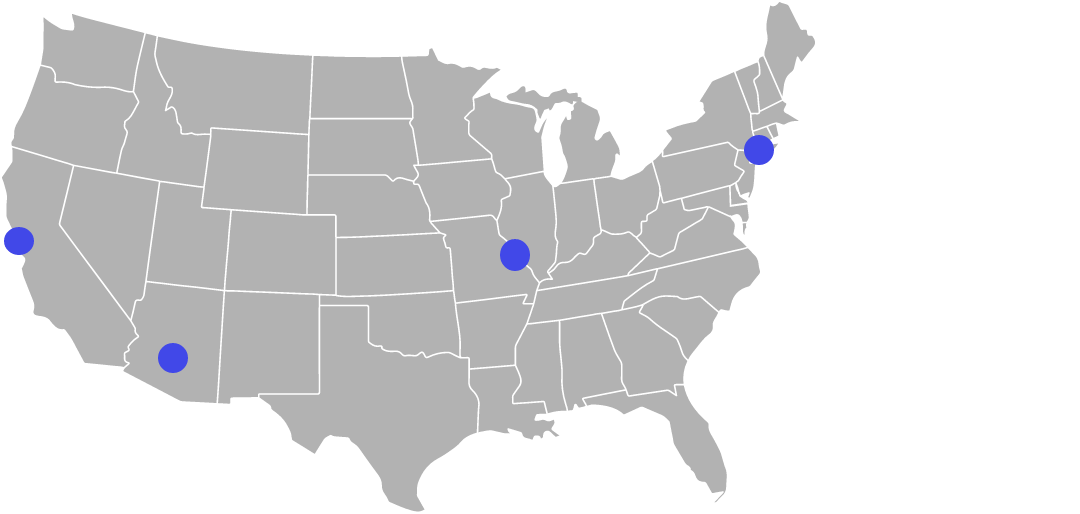This year has been especially challenging. Now that we’ve crossed the 6-month mark and head into the winter, mental health becomes more important than ever. We’re still working remotely and unable to enjoy the same level of socializing with colleagues, friends and family that we’re accustomed to. Plain and simple – it’s not easy for anyone.
Here at InRhythm, we are committed to advocating against any social stigma associated with mental health. In fact, we’re aligning with the theme of this year’s World Mental Health Awareness Day, which is “greater investment – greater access.” This past Saturday, October 10, we welcomed the team to pause and reflect on how they’re truly feeling. I find it extremely important that they take the take the time to meditate and connect with the thoughts that are in their hearts and in their minds.
We take this very seriously. If my team needs help, they will get help. And we’ll be with them every step of the way.
The first step that we’re taking is to bring resources such as Headway, Headspace or Calm to their attention. Secondly, we advised them to take advantage of the internal resources, such workshops we will be hosting and Employee Assistance Programs that are readily available to them. Finally, I can never say thank my team enough. Everyone is doing their very best under extraordinarily challenging circumstances.
Each of us have different situations and varying needs. If you are not feeling quite like yourself – pause. Take a break and consider talking to a professional.
Know that there will always be someone here for you every step of the way.

